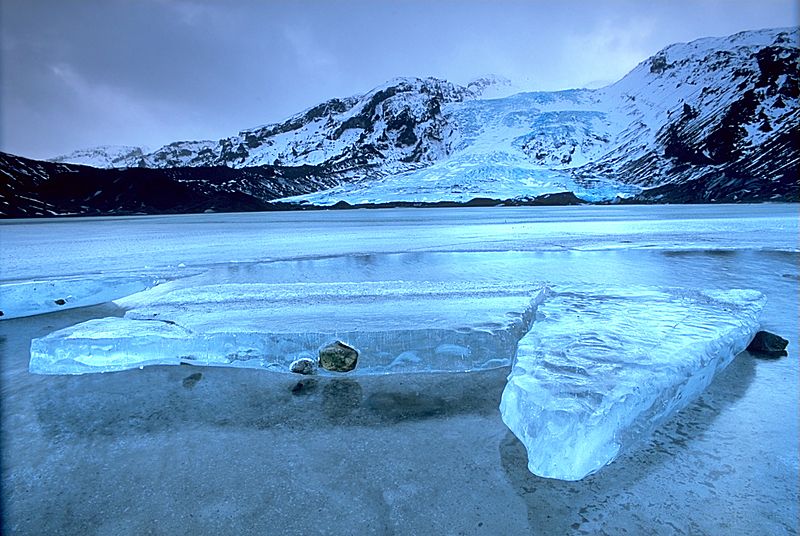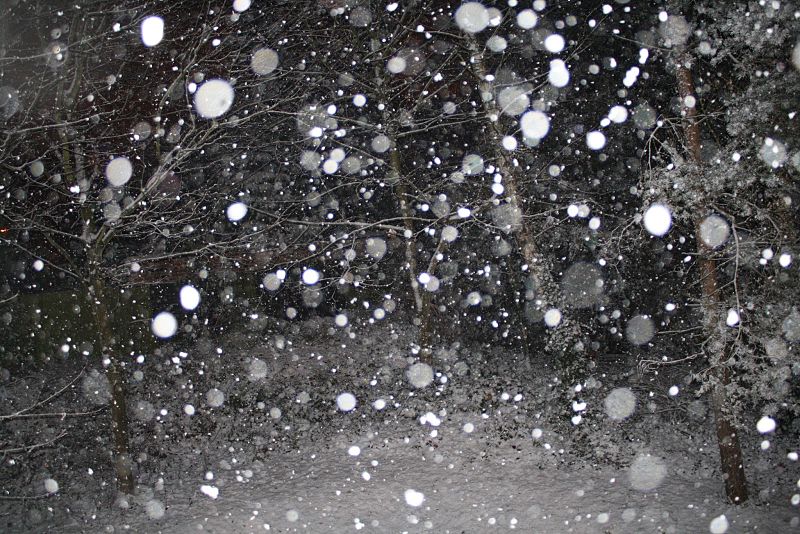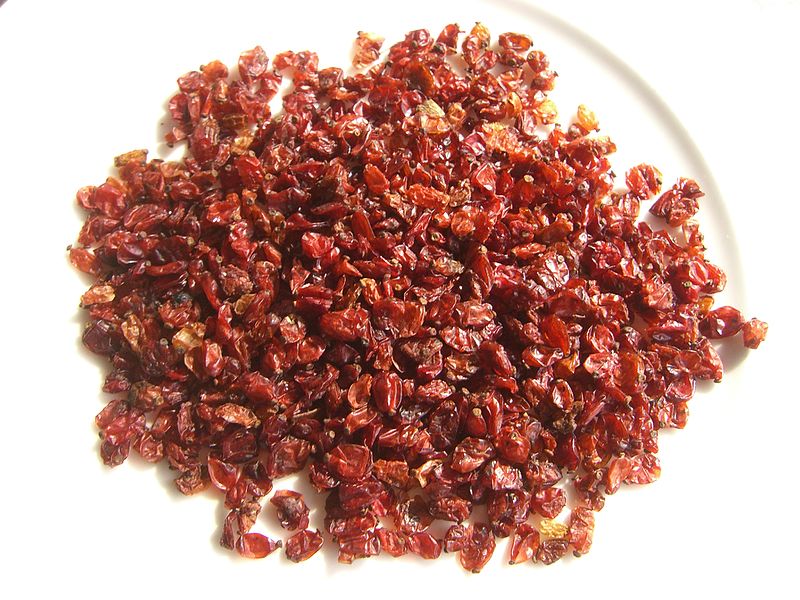
Author: Andreas Tille via Wikipedia Commons Eyjafjallajökull
Since it is now winter in the Northern hemisphere, today’s blogpost will take us to the very North of Europe, namely to Iceland (or Ísland), and I will share some Icelandic words for different types of snow. 🙂
snjór or snær = snow
hjarn = crust of snow, or snow that does not melt in summer
lausamjöll = powder snow
mjöll and ný snævi = new-fallen snow
krap = slush
fönn = drifted heap of snow, snow-wreath, or snow that does not melt in summer

Author: Sb2s3 via Wikipedia Commons
There are also different words for different types of snowfall in Icelandic:
snjókoma or fannkoma = snowfall
snjómugga = a small snowfall
hundslappadrífa = very heavy snowfall with large snowflakes in calm weather
kafald or kóf = thick fall of snow
ofanbylar = snowfall in a wind
skafrenningur = drifting snow
hraglandi = sleet, or cold drizzling shower
bylur or hríð = snowstorm
drífa = snow-drift
él = a sudden fall of snow or hail, or hailstorm
fjúk = drift, drifting snow-storm







